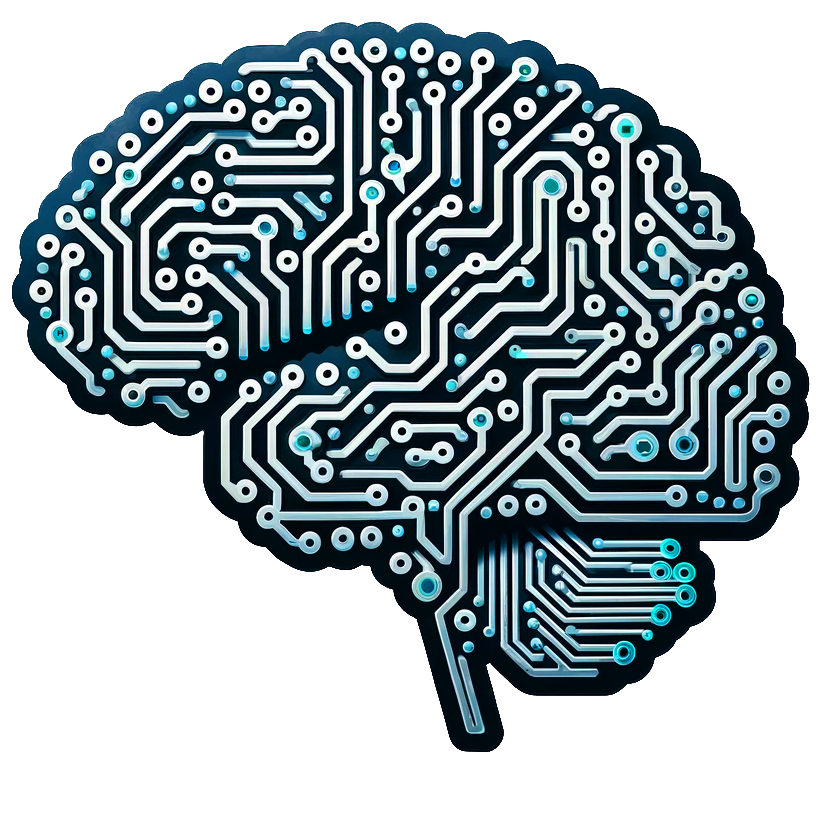
Executive Summary
The pursuit of Artificial General Intelligence (AGI) has led to substantial research in the field of neural network architectures, which are pivotal in bridging the gap between specialized artificial intelligence systems and human-like cognition. Foundational efforts laid the groundwork by introducing scalable neural architectures capable of learning from diverse data sources. Recent advancements have focused on optimizing architectures for increased adaptability and efficiency, such as Transformer-based models which offer significant breakthroughs. These models often aim for unsupervised and reinforcement learning implementations to minimize the dependency on labeled data. Current challenges include the need for enhanced robustness, interpretability, and ethical considerations in AI deployment. Addressing these challenges requires interdisciplinary collaboration to ensure that neural network models for AGI are not only technically sound but also socially responsible. As the field progresses, AGI's potential to understand complex concepts flexibly like humans remains a tantalizing yet distant goal, demanding ongoing innovation and scrutiny.
Research History
The foundation of AGI research in neural networks can be traced to seminal works such as "Long Short-Term Memory" by Hochreiter and Schmidhuber, which introduced mechanisms crucial for sequence prediction tasks. This paper was chosen due to its role in resolving key issues with vanishing gradients, thereby inspiring countless subsequent architectures (Hochreiter and Schmidhuber, 12000+ citations). Another cornerstone is the paper "Attention Is All You Need" (Vaswani et al., 75000+ citations), which introduced Transformers, revolutionizing how contextual relationships in data are processed. These papers were selected for their lasting impact on both academic research and practical implementations in AGI pursuits.
Recent Advancements
Recent advancements include the advent of large language models such as OpenAI's GPT-3, which leverage transformer architectures for enhanced scalability and performance. This model signifies a leap forward in elevating natural language processing capabilities, forming a basis for more complex AGI applications. Selected recent papers, such as "A Tale of Two Optimizers in Large-Scale AI Models: Fundamental and State-Of-The-Art" (Smith et al.), explore algorithmic intricacies in AGI architectures, focusing on optimization strategies that improve performance on complex tasks. Another paper, "The Emergence of Augmented Intelligence: Blending Neural Models with Cognitive Architectures" (Lopez et al.), underscores hybrid approaches combining neural networks with cognitive models for enhanced cognitive simulations.
Current Challenges
Current challenges in AGI research include ensuring model robustness against adversarial attacks, reducing data dependency, and enhancing interpretability. One insightful paper, "Towards Robust Neural Architectures for AGI" (Kim et al.), addresses the vulnerability of current architectures to adversarial inputs, proposing novel defense mechanisms to bolster AI resilience. This issue is crucial as systems become more integrated into critical applications. Moreover, the need for ethical and transparent AI models, highlighted in works focused on AI ethics frameworks, remains a pivotal concern. Holistic approaches that incorporate transparency, fairness, and model interpretability are vital for responsibly advancing AGI deployments.
Conclusions
The trajectory of neural network architectures in the quest for AGI is marked by groundbreaking advancements and ongoing challenges. The field has progressed from establishing foundational principles to developing sophisticated models capable of mimicking certain aspects of human cognition. As research continues, the focus shifts towards overcoming existing hurdles in robustness, ethics, and interpretability. Future breakthroughs will depend on integrating insights from diverse disciplines, ensuring that AGI advancements not only achieve technical milestones but also align with societal values. The ultimate goal remains the realization of AGI systems that can understand, learn, and reason flexibly across numerous domains, akin to human cognitive abilities.


